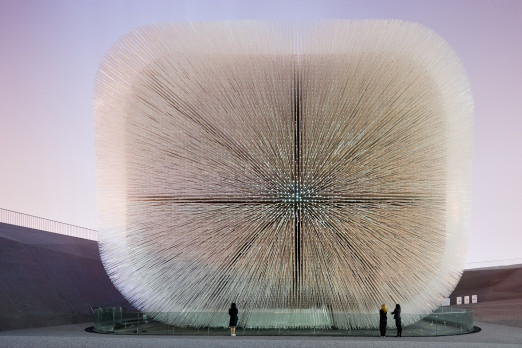Researchers from Heriot-Watt University in Edinburgh have fused metal and glass together using an ultrafast laser system.
The ability to weld various metals and glass-based materials together means greater design and manufacturing flexibility which has huge implications for a number of fields including the construction, aerospace and healthcare industries.
The Heriot-Watt researchers’ system can weld materials such as sapphire, quartz and borosilicate glass to metals such as stainless steel, titanium, and aluminium.
The technology works by using a laser to create short pulses of infrared light along the materials which lasts a few picoseconds.
The laser produces what researchers call a microplasma — a small ball of lightning at the interface of the glass and metal which fuses the materials together.
The project is a breakthrough for the manufacturing industry as previously, it has been challenging to combines these materials due to their vastly different thermal properties.
As the laser combines the materials by molecular force, this eliminates the need for adhesives, which can be messy to apply.
Adhesives also can be problematic when outgassing occurs — when the chemicals (within the adhesive) are released leading to a reduced material lifetime.
The researchers tested the welded materials at -50c to 90c and found them robust enough to cope with extreme weather conditions.
To read more about the research, click here.


